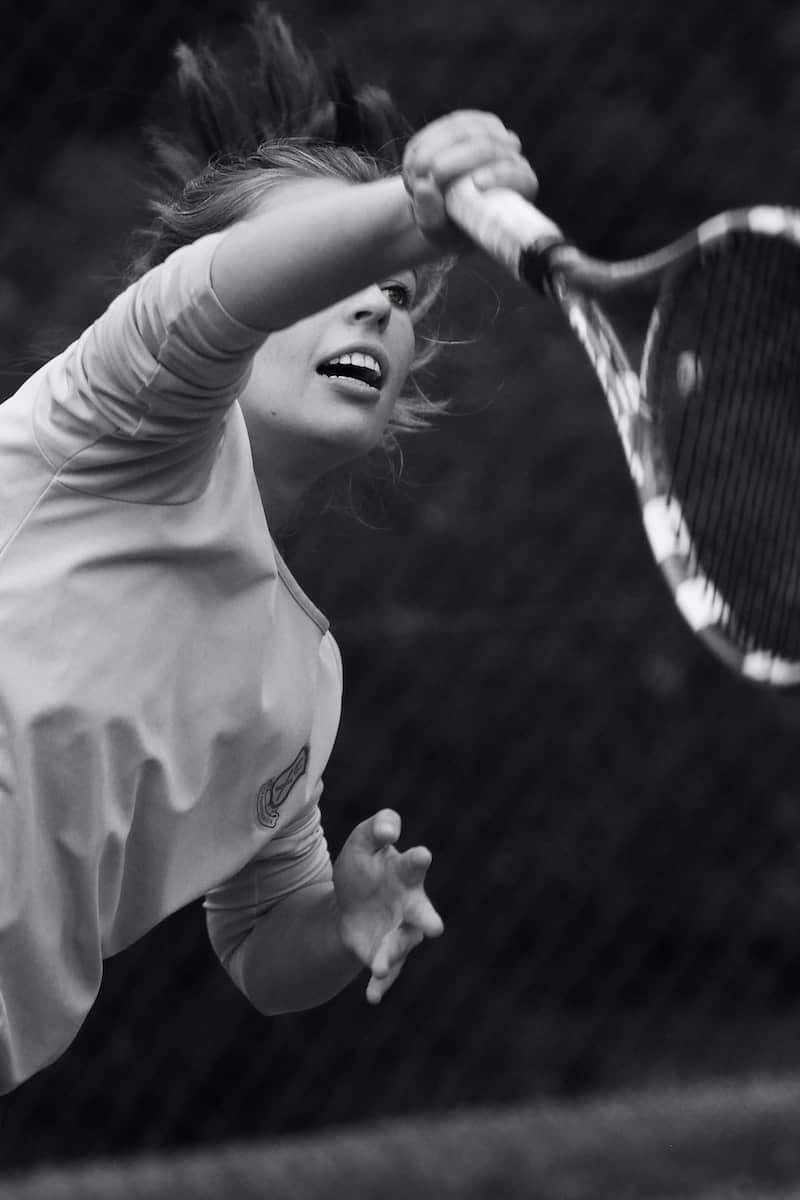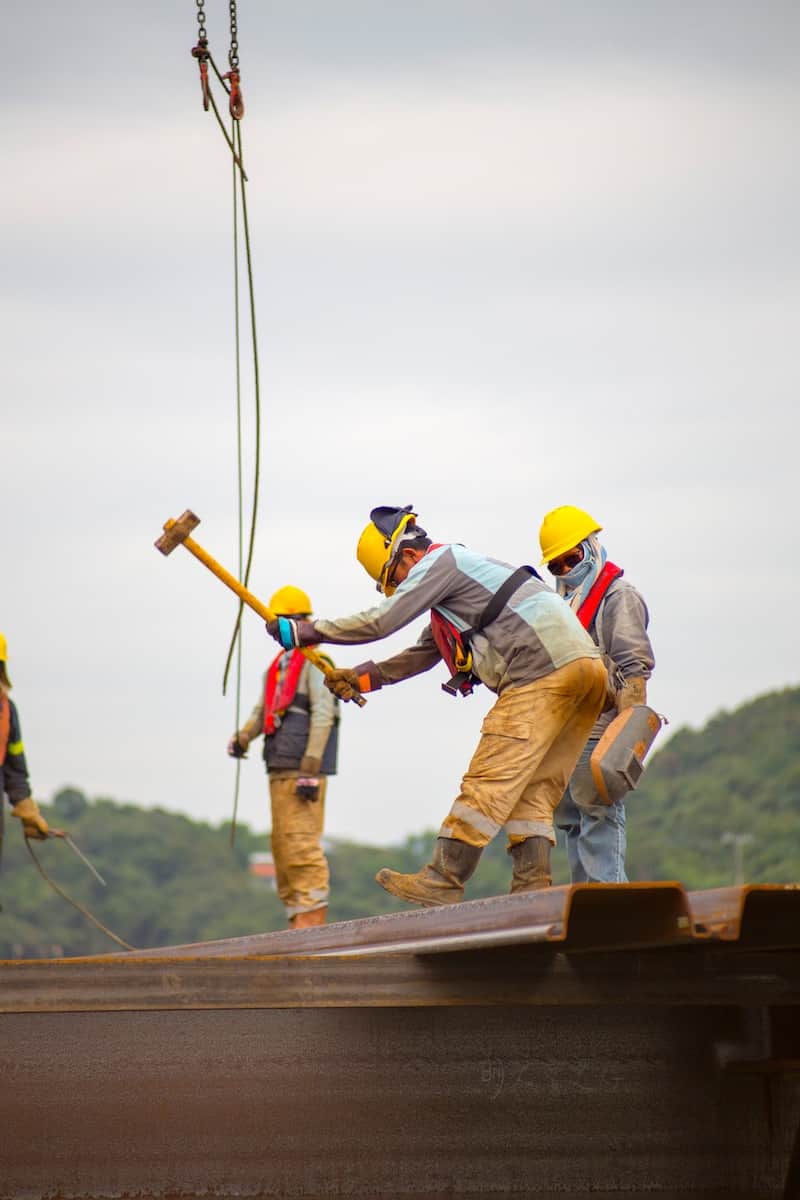Tennis elbow (lateral epicondylitis) is a painful condition that affects many people who engage in repetitive movements of the arm and wrist. The pain can be debilitating, affecting one’s ability to perform daily tasks and participate in sports activities. While traditional treatments such as rest and medication have been effective, there is growing interest in treatments from allied health professionals such as acupuncturists for tennis elbow treatment.
Acupuncture has been used for centuries to manage various conditions, including chronic pain. Its usefulness in providing significant pain relief, restoring physical function and promoting healing of the muscles and tendons of the elbow has been demonstrated through research studies. By inserting fine acupuncture needles into specific points on the body, acupuncture stimulates the body’s natural healing processes, reduces excessive inflammation, and improves circulation.
Understanding Tennis Elbow and Its Causes
Tennis elbow’s causes and symptoms as often a result of repetitive movements that can lead to acute inflammation in the soft tissues, especially the lateral epicondyle, of the forearm. Chronic tennis elbow pain is a common condition among athletes and manual labourers alike.

The major muscle involved in gripping objects while extending the elbow is the extensor carpi radialis brevis (ECRB) muscle, which can become inflamed due to overuse. Symptoms include burning pain on the outside of the elbow joint, reduced grip strength, and tightness in surrounding muscles.
A related condition that affects the medial epicondyle of the inner rather than outer elbow is medial epicondylitis, also known as golfers elbow.
How does Tennis Elbow affect your life
Patients with tennis elbow experience reduced grip strength and a gradual onset of mild pain that worsens over time, affecting their ability to perform daily activities. This condition is often caused by repetitive motions such as gripping and flexing the wrist, making it particularly common among athletes and manual labourers.
How Common is Tennis Elbow in Australia

The prevalence rates of this injury are difficult to estimate accurately due to underreporting and variations in diagnostic criteria. However, studies indicate that tennis elbow affects approximately 1-3% of the general population in Melbourne and indeed throughout Australia, making it a significant public health concern. Demographic factors such as age and gender have been found to be associated with an increased risk for developing tennis elbow.
Risk factors for Tennis Elbow
It primarily affects individuals between the ages of 30-50 years old, with men being more susceptible than women. Those who participate in activities that require repetitive hand or wrist motions, are at a higher risk for developing tennis elbow. In addition to age and activity level, certain occupations such as construction workers, plumbers, and painters have also been linked to an increased risk of developing lateral epicondylitis.
Natural treatment for tennis elbow
The standard treatment for lateral epicondylitis involves rest, ice therapy, and non-steroidal anti-inflammatory medications to reduce inflammation and pain. If conservative measures fail, corticosteroid injections or surgical intervention may be recommended in rare cases. However, these treatments have potential side effects, such as nerve damage, digestive and sleep disturbances.
Alternative treatment for tennis elbow like manual acupuncture have been shown to provide benefits such as reducing inflammation and natural pain relief for tennis elbow pain. In addition to reducing inflammation and relieving pain, acupuncture can have a strong analgesic effect on elbow pain while also promoting the rest and digest parasympathetic nervous response.
A thorough physical examination and risk assessment should be conducted by healthcare professionals when evaluating patients with symptoms of lateral epicondylitis.
Natural tips to prevent and Manage Tennis Elbow
Preventing and managing the pain associated with repetitive strain injuries like lateral epicondylitis can be achieved through natural methods that focus on strengthening muscles, reducing inflammation, and promoting overall health.
Prevention techniques include proper warm-up exercises before engaging in physical activity, using ergonomic tools to reduce stress on the affected area, and taking frequent breaks to allow for rest and recovery.
Additionally, strengthening the wrist and forearm muscles through targeted exercises can help prevent tissue damage from repetitive stress conditions like tennis elbow or golfer’s elbow.
Stretching exercises can also help improve flexibility and range of motion in the affected joints. In addition to exercise, nutrition tips such as eating a balanced diet rich in anti-inflammatory foods like fruits, vegetables, whole grains, and lean proteins can help reduce inflammation. Self-care practices like getting adequate sleep, staying hydrated, and managing stress levels can also contribute to overall well-being.
By incorporating these natural methods into their lifestyle habits, individuals with tennis elbow can manage their condition effectively without relying solely on medication or invasive procedures. Mindfulness of regular stretching and exercise and avoiding overuse can help in the prevention of symptom recurrence.
Does acupuncture treat tennis elbow?
The integration of acupuncture with other therapies such as Gua sha for tennis elbow has been a topic of growing interest in recent years. Assembling the puzzle pieces of research studies through systematic reviews and meta-analyses is akin to constructing a map that can guide clinicians towards evidence-based treatments for musculoskeletal conditions.
Several studies have investigated the effectiveness of acupuncture for lateral epicondylitis. A 2002 Cochrane review of randomized and pseudo-randomized trials in all languages found insufficient evidence to either support or refute the use of acupuncture (either needle or laser acupuncture techniques) in the treatment of lateral elbow pain[1]. However, the review did demonstrate needle acupuncture to be of short-term benefit with respect to pain, but this finding is based on the results of two small trials, the results of which were not able to be combined in meta-analysis.
A 2020 systematic review and meta-analysis of randomized controlled trials (RCTs) found that Acupuncture appears to be superior to drug or blocking therapy or sham acupuncture therapy [2].
While some studies suggest that acupuncture may be effective in improving the short-term pain of the lateral elbow, further large-scale RCTs with a low risk of bias are needed in the future to determine its long-term effectiveness and safety. If you are considering acupuncture for tennis elbow, it is important to consult with a licensed acupuncturist and discuss the potential risks and benefits.
Frequently Asked Questions
The duration of acupuncture treatment varies depending on the severity of the condition, medical history, and individual response to treatment. It is important for patients to understand that acupuncture effectiveness may not be immediate and may require multiple sessions over a period of time. The being said, the experience of a range of acupuncturists indicates lasting positive change could be experienced in as few as 6 sessions
Complementary treatment modalities such as Chinese herbal medicine, cupping, and massage may also be used in conjunction with acupuncture. A comprehensive approach to treatment can aid in reducing inflammation, promoting healing, and improving overall well-being.
Frequency recommendations for acupuncture treatments vary depending on the individual’s specific case and treatment plan. Often though a higher frequency of acupuncture treatment leads to desired outcomes in a shorter space of time. Treatment duration may also vary depending on the severity of the condition. Ultimately, it is important to consult with a qualified healthcare provider to determine the best course of action for each individual case.
Preventative benefits of acupuncture have been demonstrated in various studies, showcasing the effectiveness of this traditional Chinese medicine practice in pain management and long-term results.
Acupuncture takes a holistic approach to healthcare, targeting not only the physical symptoms but also the underlying causes of conditions. When it comes to preventing tennis elbow, acupuncture can be an effective measure as it addresses any existing muscle or tendon imbalances before they develop into injuries. Additionally, regular acupuncture sessions can help maintain a normal range of motion and improve circulation to the affected area.
While further research is needed to fully understand the preventative benefits of acupuncture for tennis elbow specifically, its overall effectiveness in promoting well-being suggests that regular treatments could be beneficial for those at risk of developing this condition.
Acupuncture can be used in conjunction with traditional medical treatments for tennis elbow to aid in rehabilitation, pain management, reducing muscle tension and improving range of motion. Acupuncture has been shown to promote healing time by reducing inflammation and increasing blood flow to the affected area. Additionally, acupuncture may help reduce the need for stronger pain medications or steroid injections that come with significant side effects.
Acupuncture generally has a low risk of adverse events.The most common side effects of acupuncture include soreness or bruising at the site of the needle insertion, dizziness or fainting, and infection. To minimize these risks, it is important to choose a qualified acupuncturist who uses sterile needles and follows proper safety protocols.
Conclusion
In conclusion, tennis elbow is a common condition that affects many people in Australia and can greatly impact their daily lives. Traditional treatments for tennis elbow include rest, medication, and physical therapy. However, acupuncture is a promising alternatives with significant pain relief benefits.
By integrating acupuncture with other therapies, patients can achieve optimal results in managing their symptoms and promoting healing of the affected muscles and tendons. It is also important to take preventative measures to avoid repetitive stress conditions like tennis elbow when playing sports.
Overall, the use of acupuncture for tennis elbow treatment offers a natural and effective approach for the treatment of pain and improve overall well-being. Let us not forget that ‘an ounce of prevention is worth a pound of cure’, taking care of our bodies now will prevent future injuries down the line.
Citations:
- [1] https://www.cochranelibrary.com/cdsr/doi/10.1002/14651858.CD003527/abstract
- [2] https://www.ncbi.nlm.nih.gov/pmc/articles/PMC7114772/
Dantian Health – Melbourne Acupuncture and Chinese Medicine Clinic
Reclaim your health and restore vitality with responsive, holistic healthcare



